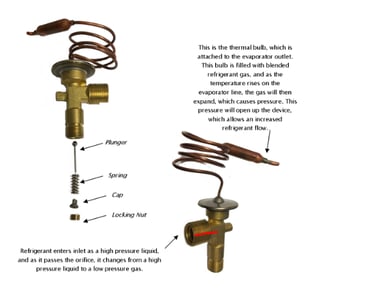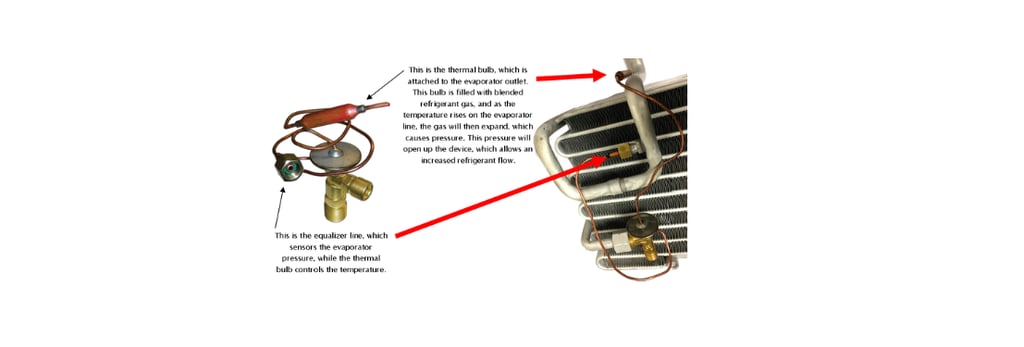Buy car spare parts online | +1. 402- 877- 0806 | info@carsonlinesparepartstore.com
Expansion Valves
What Are Expansion Valves?


What Do Expansion Valves Do?
Expansion valves are crucial components in your car's AC system, acting like a faucet for refrigerant flow. They control the amount of refrigerant entering the evaporator based on the temperature. When it's hot, the valve opens more to let in more refrigerant; when it's cooler, it closes to let in less. This metering action ensures that the refrigerant changes from liquid to gas in the evaporator, absorbing heat efficiently. If too much liquid refrigerant passes through, it can damage the compressor since compressors can't compress liquids.
John Lynn
3/15/20251 min read


What Do Expansion Valves Do?
Expansion valves are crucial components in your car's AC system, acting like a faucet for refrigerant flow. They control the amount of refrigerant entering the evaporator based on the temperature. When it's hot, the valve opens more to let in more refrigerant; when it's cooler, it closes to let in less. This metering action ensures that the refrigerant changes from liquid to gas in the evaporator, absorbing heat efficiently. If too much liquid refrigerant passes through, it can damage the compressor since compressors can't compress liquids.
Types of Expansion Valves:
Internally Equalized Expansion Valve:
In this type, refrigerant enters through an inlet and passes through a metering device that restricts flow, transitioning the refrigerant from the high-pressure side to the low-pressure side of the system.
Externally Equalized Expansion Valve:
Similar to the internally equalized valve, but with an additional equalizer line that attaches to the evaporator outlet. This line helps manage refrigerant flow more precisely, especially in systems with a higher pressure drop across the evaporator.
Block Expansion Valve:
This valve also controls refrigerant flow, but it includes a sensor bulb filled with a small amount of refrigerant. The bulb monitors the temperature of the refrigerant vapor exiting the evaporator. As the temperature rises, the sensor heats up, causing the refrigerant in the diaphragm to expand and move the plunger down, increasing refrigerant flow. When the temperature falls, the valve closes, reducing the flow.
CarsOnlineSparePartStore.com
219 west 65th street
Los Angeles, CA ,90003